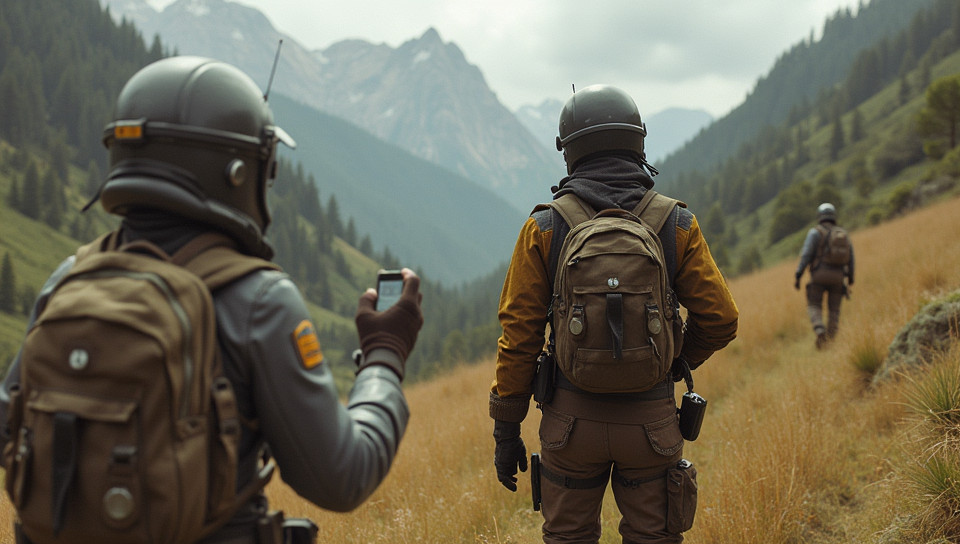Soundwalkers use field recordings and observation notes 42%

Embodied Listening: Unpacking the Art of Soundwalking
As we navigate our urban environments, it's easy to become desensitized to the sounds that surround us. But what if you could reawaken your senses and tap into the hidden rhythms of the city? Enter soundwalkers, a community of individuals who use field recordings and observation notes to sonically map their surroundings.
The Art of Soundwalking
Soundwalking is a form of sonic exploration that involves immersing oneself in the acoustic landscape of a particular place. It's an approach that combines field recording techniques with observational practices to capture the intricate textures of everyday soundscapes. By slowing down and tuning in, soundwalkers reveal new layers of meaning within their surroundings.
The Tools of the Trade
To embark on a soundwalking adventure, one needs only a few simple tools: - A portable recorder for capturing high-quality field recordings - A notebook or mobile app for jotting down observations and notes - A willingness to engage with your surroundings in a new way
Field Recordings: Capturing the Sonic Fabric
Field recordings serve as the primary medium for soundwalkers. By using specialized equipment, they capture the intricate tapestry of sounds that make up a given environment. From the hum of traffic to the chirping of birds, these recordings offer a sonic snapshot of the location.
Observation Notes: Unpacking Meaning and Context
In tandem with field recordings, observation notes provide valuable contextual information about the space being explored. These notes might include details such as time of day, weather conditions, or notable events that transpired during the soundwalk. By combining these observations with the field recordings, soundwalkers can begin to unpack the deeper meanings within their surroundings.
The Power of Embodied Listening
Soundwalking encourages listeners to embody the sounds they hear, rather than simply passively receiving them as background noise. This embodied approach allows individuals to tap into a more primal connection with their environment and develop a greater appreciation for the intricate sonic textures that surround us all.
Conclusion: Reimagining Our Relationship with Sound
By using field recordings and observation notes, soundwalkers have developed a unique approach to exploring the acoustic landscape of our cities. Their work challenges us to rethink our relationship with sound and invites us to experience the world in new, more nuanced ways. As we continue to navigate an increasingly complex sonic environment, the insights gained from soundwalking can serve as a powerful reminder of the transformative potential that lies within even the most mundane sounds.
- Created by: Carlos Dias
- Created at: Jan. 15, 2025, 12:10 p.m.
- ID: 17864

